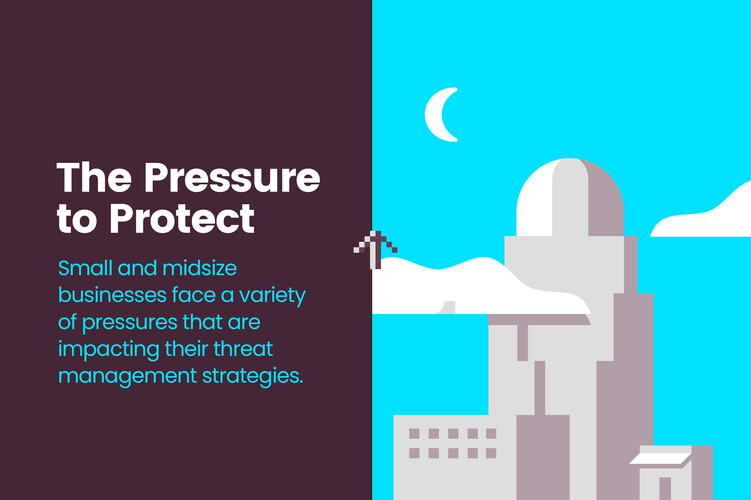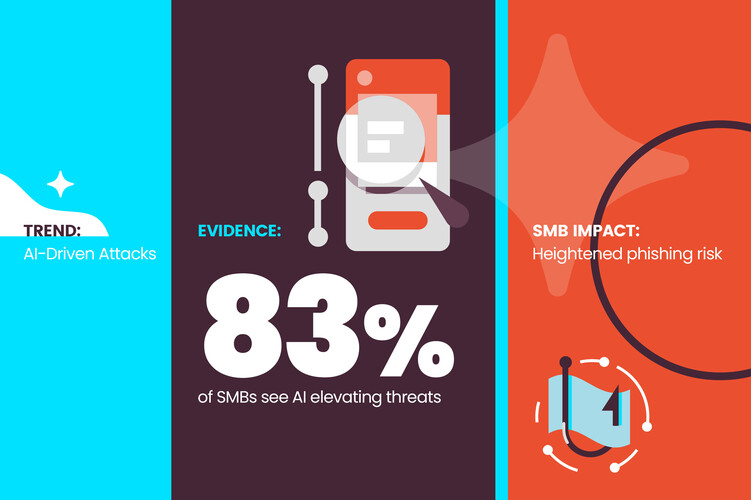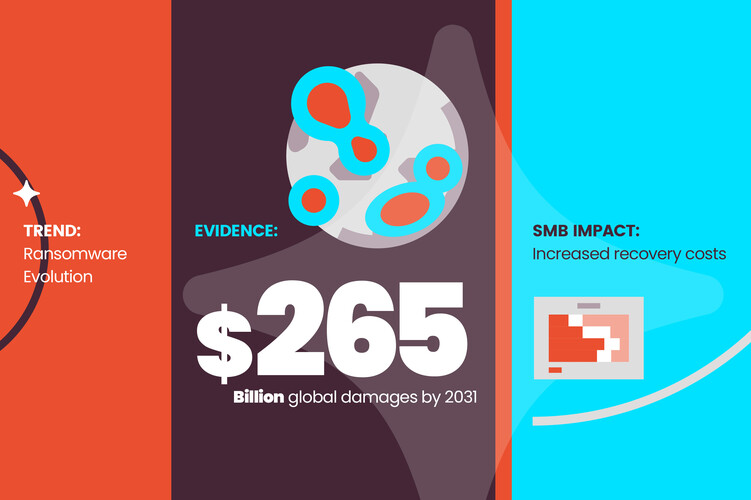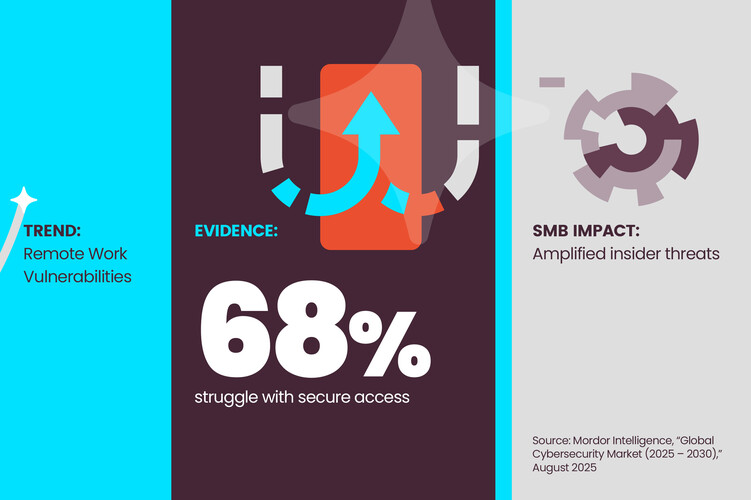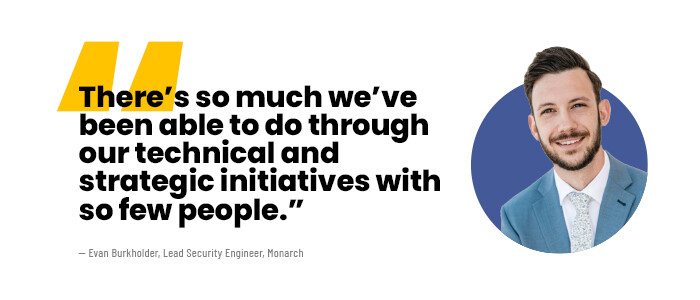Monarch’s Defensive and Offensive Security Strategy
Monarch works with multiple vendors to support its thorough, in-depth threat management, including Expel, CrowdStrike and Sumo Logic. Its threat management infrastructure includes an endpoint detection and response (EDR) solution that examines devices, servers and other endpoints; a managed detection and response (MDR) tool to monitor, detect and respond to cyberattacks in real time; and a security information and event management (SIEM) solution that gathers log information and correlates intelligence from the security tools and other sources to provide alerts for Burkholder’s team.
“Our approach to threat management is risk-based and holistic,” says Burkholder. “We look at security from both a defensive and offensive perspective. This allows us to see our capabilities objectively and assess threats based on the true risk that they pose to our platform, our members, our business and our employees.”
The MDR solution is key for Burkholder’s three-person team. With the rapid velocity and volume of today’s cyberattacks — now fueled by artificial intelligence — security teams must be always ready to identify and respond to threats in real-time.
“We partner with our MDR provider for round-the-clock coverage, but we also provide coverage and response on our own as well,” says Burkholder. “And we tie those key alerting, monitoring and response capabilities into the rest of our strategy, which includes attack surface management, application security and offensive security. Each of these capabilities feeds the others so we can tackle threats from every angle.”
WATCH: Agentic AI introduces new security concerns around identity and access management.
Despite its multiple layers of security, Monarch does not rely passively on its threat management infrastructure. Burkholder’s team works in sync with the security tools, observing, learning and improving to stay ahead of the evolving threats the company faces. This has allowed his small staff to accomplish a great deal.
“There’s so much we’ve been able to do through our technical and strategic initiatives with so few people,” he explains. “The integrations and the architecture we’ve put into place, including our people and processes, allow us to grow our abilities and be even more proactive as the threat landscape shifts and grows. We continue to identify risks and reduce our attack surface.”
In relying on its threat management infrastructure to safeguard valuable customer data, the company assesses the return on its security investment through continuous validation, Burkholder says: “Our team constantly challenges that tooling with offensive security tactics representing real-world activities to ensure that it is effective. We review it regularly, asking, is this continuing to help us achieve our security and business objectives?”







